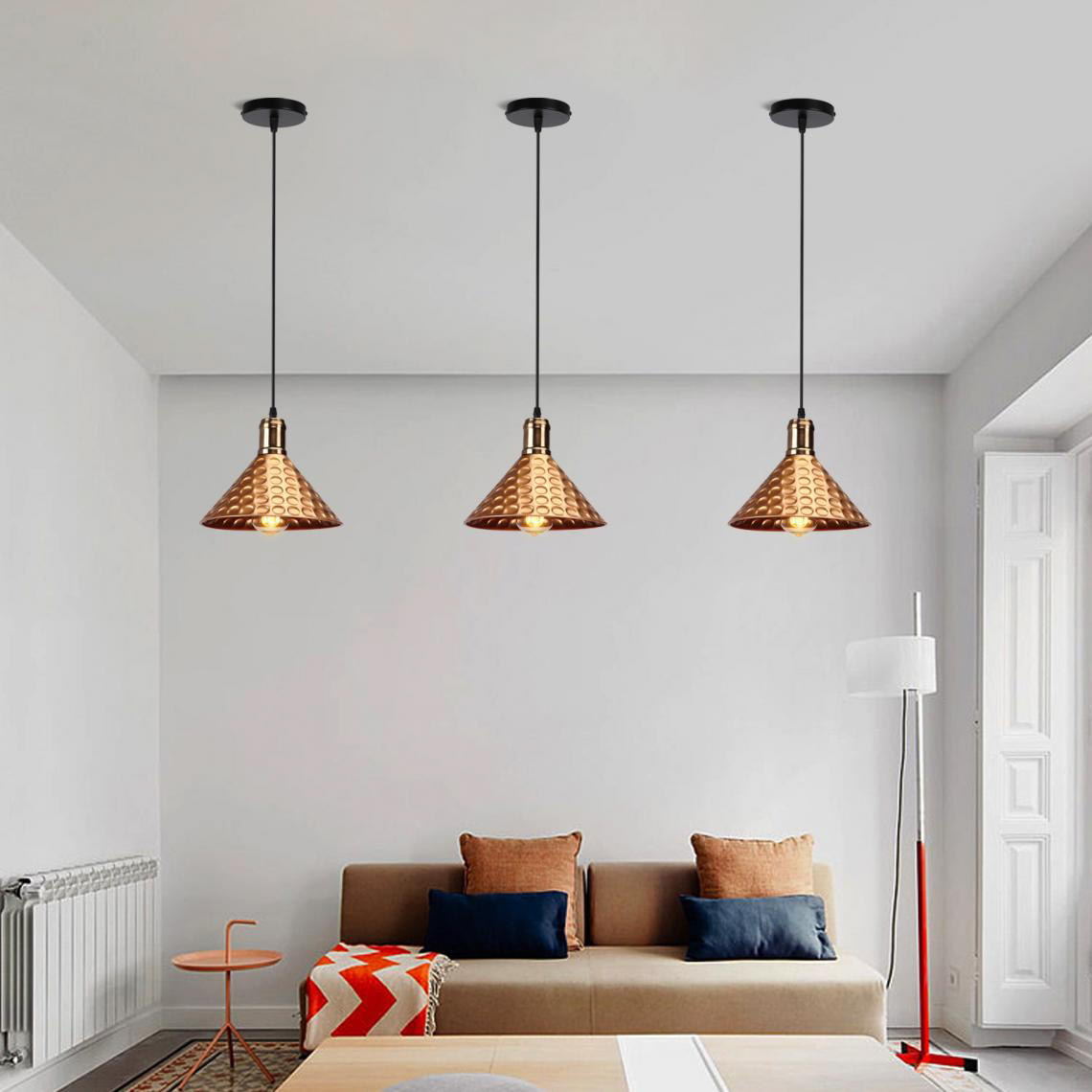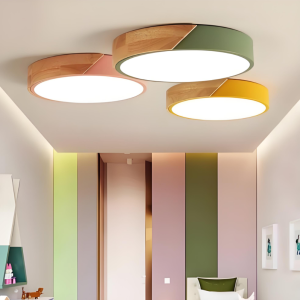
Light Up Your Dining Room with Perfect Lighting
Lighting plays a crucial role in interior design, as it has the power to transform a space and create a specific ambiance. When it comes to the dining room, lighting is especially important, as it sets the mood for meals and gatherings with family and friends. The right lighting fixtures and positioning can make all the difference in creating a comfortable and functional dining space. In this article, we will explore the importance of proper lighting in your dining room and provide tips for choosing the right fixtures, creating a warm ambiance, maximizing natural light, using task and accent lighting effectively, and positioning your lighting fixtures for optimal results.
The Importance of Proper Lighting in Your Dining Room
Proper lighting is essential in creating a comfortable and functional dining space. The dining room is not only a place to eat, but also a space for socializing, entertaining guests, and spending quality time with loved ones. The right lighting can enhance these experiences by creating a warm and inviting atmosphere.
Choosing the right lighting fixtures and positioning them correctly is key to achieving the desired ambiance in your dining room. A well-lit dining room should have a balance of ambient, task, and accent lighting. Ambient lighting Vopdesign provides overall illumination to the space, while task lighting focuses on specific areas such as the dining table. Accent lighting is used to highlight architectural features, artwork, or other decorative elements.
Choosing the Right Lighting Fixtures for Your Dining Room
There are various types of lighting fixtures available for dining rooms, each serving a different purpose. Chandeliers are a popular choice for dining rooms as they provide both ambient and decorative lighting. Pendant lights are another option that can be used to create a focal point above the dining table. Wall sconces can add a touch of elegance and provide additional ambient or accent lighting.
When choosing lighting fixtures for your dining room, consider the size and style of the space. For smaller dining rooms, opt for fixtures that are proportionate to the size of the room to avoid overwhelming the space. In larger dining rooms, you have more flexibility to choose larger fixtures or multiple fixtures to create a statement. The style of the fixtures should also complement the overall design aesthetic of the room.
How to Create a Warm and Inviting Ambiance in Your Dining Room
Creating a warm and inviting ambiance in your dining room is essential for making your guests feel comfortable and relaxed. Lighting plays a crucial role in achieving this ambiance. One way to create a warm atmosphere is by using warm bulbs with a lower color temperature. These bulbs emit a soft, yellowish light that mimics the warmth of candlelight.
Layering different types of lighting is another effective way to create a cozy ambiance in your dining room. Combine ambient lighting with task lighting and accent lighting to achieve a balanced and inviting atmosphere. Use dimmers to adjust the intensity of the lighting based on the occasion, whether it’s a romantic dinner or a lively gathering.
The Benefits of Dimmer Switches in Your Dining Room
Installing dimmer switches in your dining room offers several advantages. Dimmers allow you to adjust the brightness of the lighting, giving you control over the mood and ambiance of the space. They also help save energy by reducing the amount of electricity used when the lights are dimmed.
To effectively use dimmer switches in your dining room, consider installing them for both ambient and task lighting. This will allow you to create different lighting levels based on your needs. It’s important to choose dimmer switches that are compatible with the type of bulbs you are using, as not all bulbs are dimmable.
Maximizing Natural Light in Your Dining Room

Natural light has numerous benefits for any space, including the dining room. It not only provides a sense of openness and connection to the outdoors but also helps improve mood and productivity. Maximizing natural light in your dining room can be achieved through various strategies.
Start by ensuring that your windows are clean and unobstructed to allow as much natural light as possible to enter the space. Consider using sheer curtains or blinds that can be easily adjusted to control the amount of light coming in. Additionally, using reflective surfaces such as mirrors or glass tabletops can help bounce natural light around the room, making it feel brighter and more spacious.
The Role of Task Lighting in Your Dining Room
Task lighting is essential in the dining room, especially when it comes to illuminating the dining table. It provides focused and functional lighting for activities such as eating, reading, or playing games. There are various task lighting fixtures that can be used in the dining room.
Pendant lights are a popular choice for task lighting above the dining table. They provide direct and focused lighting, illuminating the table and creating a cozy atmosphere. Wall sconces can also be used to provide task lighting, particularly if there is limited space above the table. Consider installing them at eye level to avoid casting shadows on the table.
Highlighting Your Dining Room’s Best Features with Accent Lighting
Accent lighting is a great way to highlight architectural features, artwork, or other decorative elements in your dining room. It adds depth and visual interest to the space, drawing attention to specific areas or objects. There are various accent lighting fixtures that can be used in the dining room.
Recessed lights are a popular choice for accent lighting as they can be installed in the ceiling to create a subtle and seamless effect. Track lighting is another option that allows you to adjust the direction of the light to highlight specific areas or objects. Picture lights can be used to illuminate artwork or photographs on the walls, adding a touch of elegance and sophistication.
The Impact of Color Temperature on Your Dining Room Lighting
Color temperature refers to the warmth or coolness of light, measured in Kelvin (K). It plays a significant role in the overall ambiance and mood of a space. Choosing the right color temperature for your dining room is crucial in creating the desired atmosphere.
For a warm and cozy ambiance, opt for bulbs with a lower color temperature, around 2700K to 3000K. These bulbs emit a soft, yellowish light that is reminiscent of candlelight. For a cooler and more energizing atmosphere, choose bulbs with a higher color temperature, around 4000K to 5000K. These bulbs emit a bright, bluish-white light that is similar to daylight.
Tips for Properly Positioning Your Dining Room Lighting Fixtures
Properly positioning your dining room lighting fixtures is essential for achieving optimal results. Consider the different types of lighting fixtures and their specific purposes when determining their placement in the space.
For ambient lighting, consider installing fixtures in the center of the room or evenly spaced throughout the space to provide overall illumination. When it comes to task lighting above the dining table, position the fixtures directly above the table and at a height that allows for comfortable visibility without obstructing views across the table.
Creating a Statement with Chandeliers in Your Dining Room
Chandeliers are often considered the centerpiece of a dining room and can make a bold statement in your space. They not only provide ambient lighting but also serve as a decorative element that adds elegance and sophistication.
When choosing a chandelier for your dining room, consider the size and scale of the fixture in relation to the room. A general rule of thumb is to choose a chandelier that is about two-thirds the width of your dining table. Hang it at a height that allows for comfortable visibility across the table without obstructing views.
Proper lighting is crucial in creating a comfortable and functional dining space. By choosing the right lighting fixtures, creating a warm ambiance, maximizing natural light, using task and accent lighting effectively, and positioning your lighting fixtures properly, you can transform your dining room into a welcoming and inviting space. Take the tips provided in this article and apply them to your own dining room to create a space that is not only visually appealing but also functional for meals and gatherings with loved ones.

